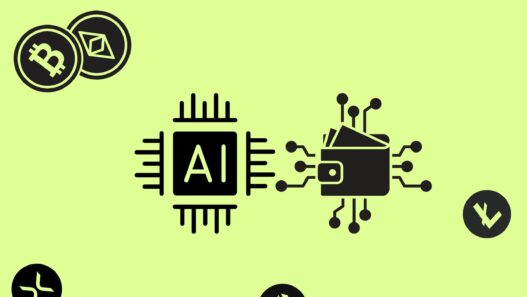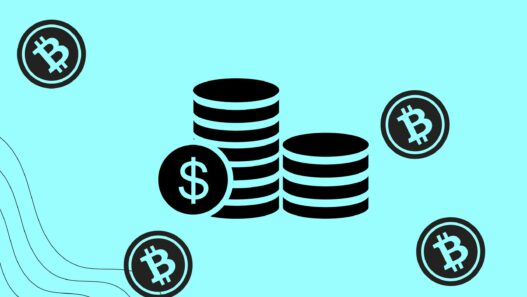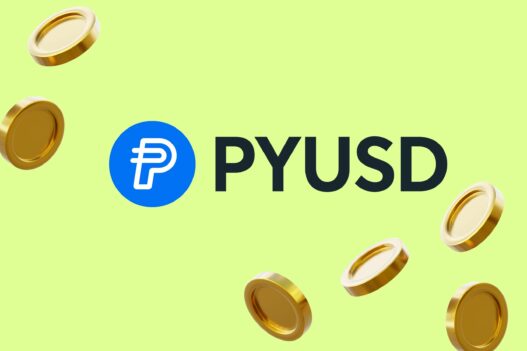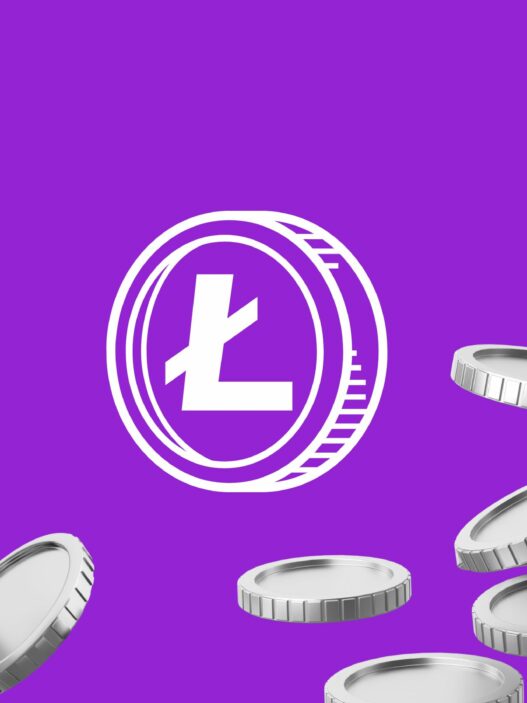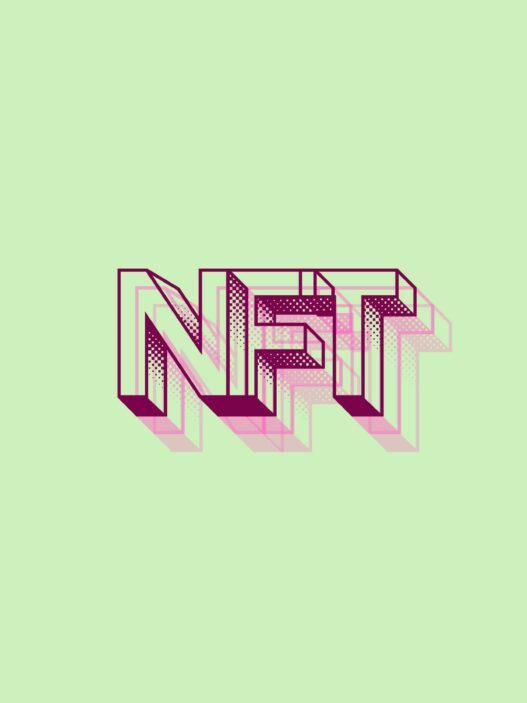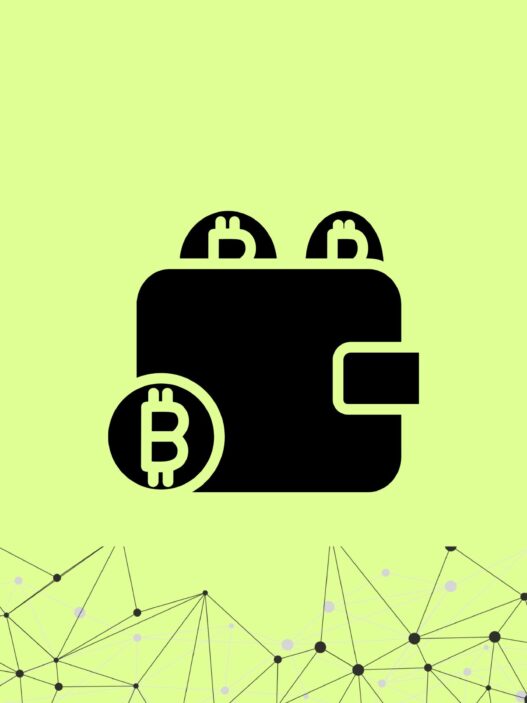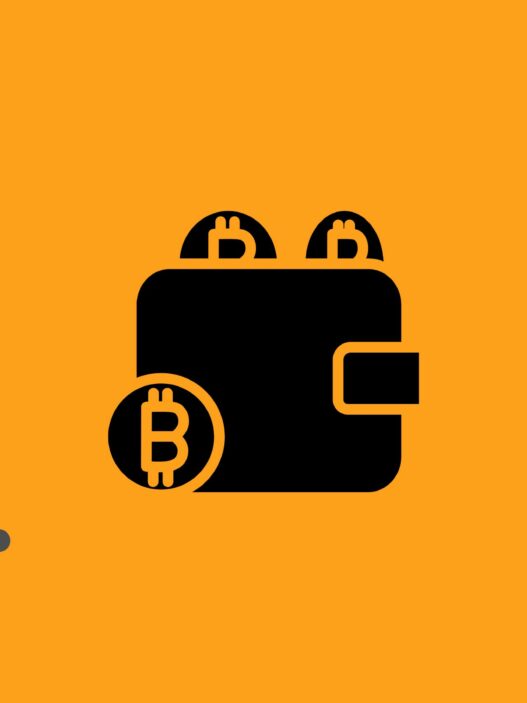PayPal USD (PYUSD) is a U.S. dollar-backed stablecoin issued by Paxos Trust Company. It was launched in August 2023 as PayPal’s entry into the digital asset ecosystem. Designed to facilitate seamless transactions between traditional and crypto finance, PYUSD offers 1:1 backing with U.S. dollars and cash-equivalent assets held in reserve.
Unlike volatile cryptocurrencies, PYUSD is a stablecoin, meaning its value remains pegged to $1, ensuring price stability—an essential factor for payments and remittances. PayPal aims to leverage this digital asset to improve payment efficiency, lower transaction costs, and expand crypto adoption among mainstream users.
How Does PYUSD Work?
1. Issuance and Backing
PYUSD is issued by Paxos Trust Company, a regulated financial entity that ensures the stablecoin’s reserves are 100% backed by U.S. dollar deposits, short-term U.S. Treasuries, and similar cash equivalents. This means for every 1 PYUSD in circulation, there’s an equivalent $1 in reserve.
2. Blockchain Networks and Compatibility
Initially launched on the Ethereum blockchain (ERC-20 token), PYUSD later expanded to Solana in May 2024. This move aimed to enhance scalability and reduce transaction costs since Solana offers faster and cheaper transactions than Ethereum.
3. Regulatory Compliance
PYUSD is fully regulated, following U.S. financial laws under Paxos Trust Company’s oversight. This makes it a trusted stablecoin compared to some unregulated alternatives.
Applications of PYUSD
1. Digital Payments
PayPal already enables millions of merchants and users to send, receive, and hold PYUSD within their PayPal accounts. Unlike traditional stablecoins that require crypto wallets, PYUSD is integrated directly into PayPal’s ecosystem, making it easier for businesses and individuals to use.
2. Cross-Border Transactions and Remittances
Traditional remittances often involve high fees and slow processing times. PYUSD offers a cost-effective, near-instant solution for sending money across borders. Since it operates on public blockchains, transactions can be completed without intermediaries like banks.
3. Decentralized Finance (DeFi)
PYUSD can be used in DeFi applications, including lending, borrowing, and yield farming on platforms that support stablecoins. Users can earn interest on PYUSD deposits, adding a new use case beyond just payments.
4. Web3 and Gaming
With its integration into Ethereum and Solana, PYUSD is positioned as a stable payment method for NFT marketplaces, blockchain-based gaming, and Web3 applications.
Current Developments and Challenges
1. Adoption Challenges
Despite PayPal’s massive user base, PYUSD adoption has been slower than expected. As of May 2024, it has around 8,600 holders on Ethereum, with a market cap under $400 million—much smaller than competitors like USDT (Tether) and USDC.
2. Competition from CBDCs and Other Stablecoins
Central Bank Digital Currencies (CBDCs) and yield-bearing stablecoins may pose competition for PYUSD in the long run. Bank of America predicts that PYUSD could face adoption challenges as new digital payment solutions emerge.
3. Expansion to Other Blockchains
PayPal has expanded PYUSD to Solana, a move expected to boost transaction speed and lower fees compared to Ethereum. If the expansion continues, it could significantly improve PYUSD’s adoption rate.
Conclusion: The Future of PYUSD
While PYUSD has yet to see mass adoption, its integration into PayPal’s vast network and recent expansion to Solana indicate its long-term potential. As blockchain-based payments grow in popularity, PYUSD could become a dominant stablecoin for everyday transactions. However, competition from CBDCs and established stablecoins like USDT and USDC remains a key challenge.
Whether PYUSD succeeds will depend on PayPal’s ability to drive real-world adoption, expand its blockchain support, and offer incentives for merchants and users to switch to digital dollar payments.
You can convert PYUSD (PayPal USD) to USDT (Tether) on Kraken at a 1:1 rate. Currently, 1 PYUSD = 1.00 USDT on Kraken, though slight variations may occur due to market fluctuations. You can sign up for a free Kraken account, deposit your PYUSD, and trade it for USDT instantly.
Disclaimer: This content is for purely entertaining and educational purposes. Before investing in cryptocurrencies, conduct thorough research and due diligence. Neither the author nor the publication is liable for any financial losses you may incur.



